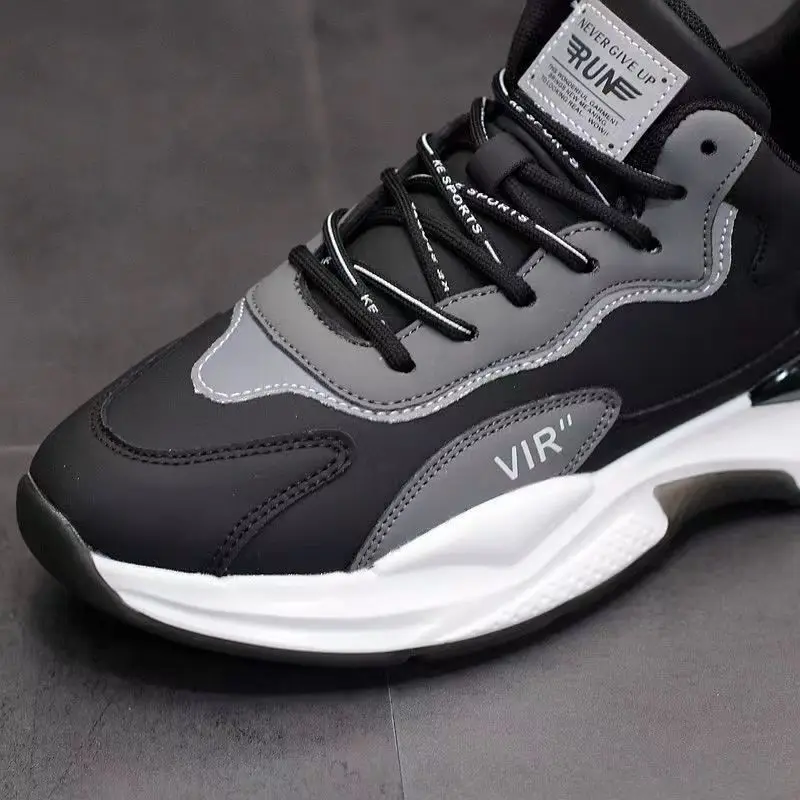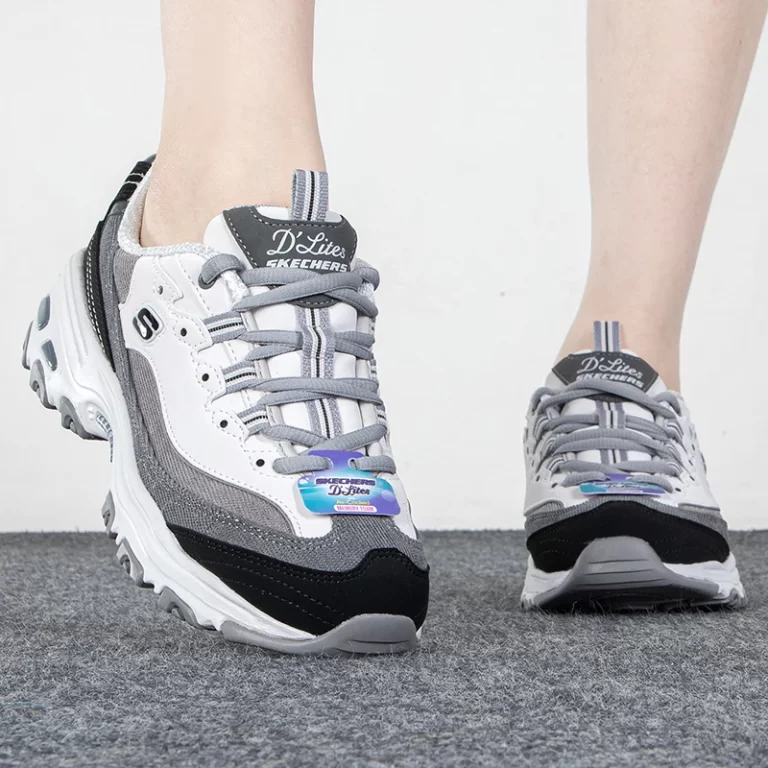Understanding Sneaker Durability
Durability in sneakers is key, and several factors contribute to how long do sneakers last. Understanding these factors helps us make better decisions about when to replace them.
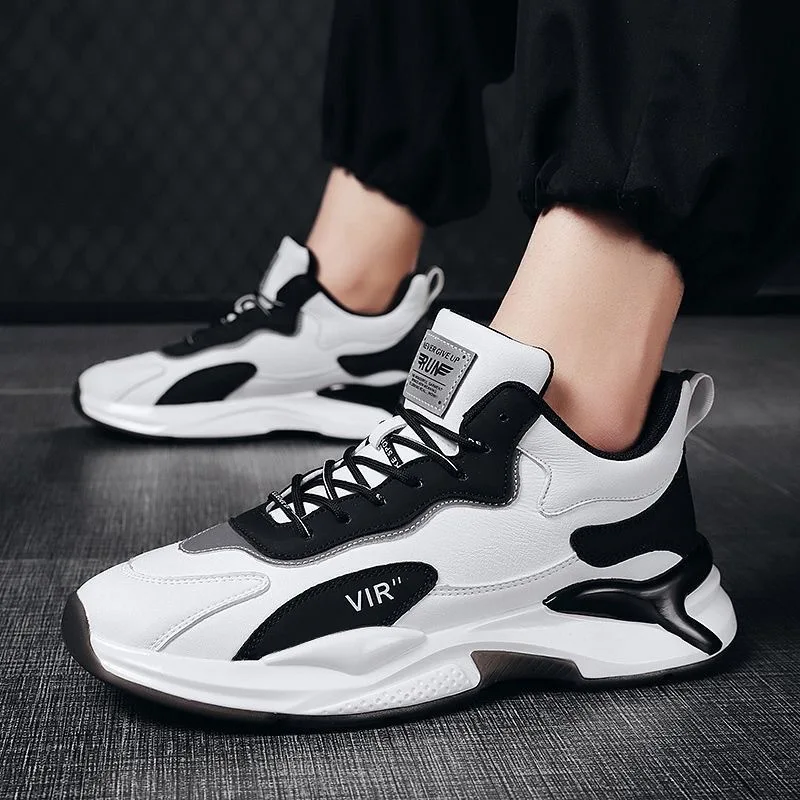
The Impact of Materials on Longevity
Different materials affect sneaker lifespan. Leather may last years with proper care, while synthetic materials often wear out faster. High-quality materials can extend sneakers’ life.
Sneakers made from canvas or mesh may be light and breathable but tend to have shorter lifespans. Robust materials like leather are durable but need regular maintenance. The sole material, usually rubber, is tough but can wear down with heavy use.
Activity Levels and Wear Patterns
How you use sneakers greatly influences their durability. Frequent running or sports can speed up wear, necessitating earlier replacement. Casual wear usually results in slower deterioration.
Your activity level directly impacts sneaker wear. For example, daily running wears out sneakers faster compared to occasional use. Pay attention to where and how often you wear them.
Wear patterns also tell a story. Uneven wear may suggest gait issues and the need for new shoes sooner. Keep an eye on soles and insoles for signs of uneven wear and take action when necessary.
The Typical Life Cycle of Sneakers
Understanding a sneaker’s life cycle is key to knowing when to swap them out. Let’s break it down into two stages:
Starting from Brand New to Active Use
Sneakers begin their journey brand new, sitting on store shelves, waiting for the right person. When you buy them, they enter the ‘active use’ phase. This is their prime time, where they see regular action, support your feet, and help with your daily movements or sports routines. At this stage, sneakers are at their best, offering full support and comfort.
Transition from Regular Use to Replacement
As time goes by, signs of wear start to show. This happens as the sole wears down or the comfort inside lessens. The sneakers no longer provide the same level of support. They may even contribute to discomfort or foot pain. This signals it’s time for a transition. The end of active use and the start of the ‘replacement phase’ is here. It’s time to look for new sneakers that can continue to support your daily activities safely. Sneakers that reach this point may still have use, such as for light activities or chores until you fully transition to a new pair.
Signs Your Sneakers Need Replacing
As a dedicated sneaker owner, it’s vital to know when it’s time for a new pair. Here’s what to watch for.
Physical Deterioration of Sneaker Components
Look for obvious signs like holes, tears, and sole separation. Materials break down over time. Check the outsoles for worn treads and the insoles for flattening. These are clear indications of a sneaker’s end.
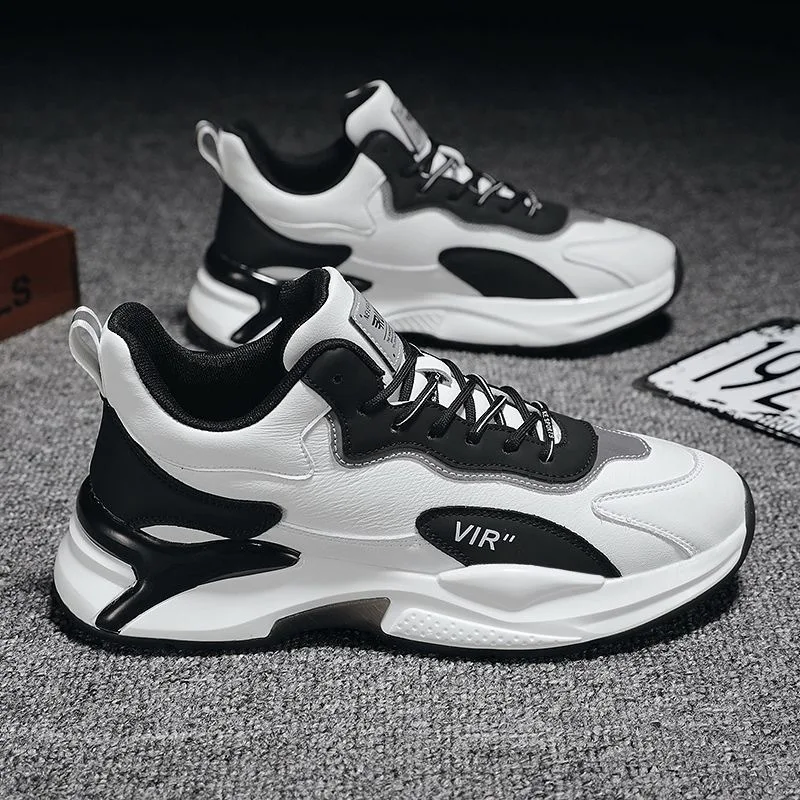
Comfort and Support Issues
Feel for less cushioning and reduced arch support. Shoes that cause discomfort suggest the need for replacement. Pay attention to new aches or difficulty in fitting, as these point towards worn shoes.
Performance Decline and Injury Prevention
Notice a drop in your performance level? It may be your sneakers. Worn-out sneakers affect stability and grip, leading to increased injury risk. Replace them to maintain safety and effectiveness.
Factors Influencing Sneaker Longevity
The lifespan of your sneakers can vary widely. Let’s explore what affects their durability.
Effect of Running Surfaces
Different surfaces wear down shoes at different rates. Rough terrain like trails wears out sneakers faster than smooth pavement or gym floors. Take care to choose sneakers suitable for your running surface to help them last longer.
Influence of Personal Running Style
Your running style affects shoes wear. If you land heavily on your heels or toes, your shoes might wear out unevenly. Pay attention to your running form and pick shoes that support it best.
Weight and Shoe Maintenance Considerations
Heavier weight puts more stress on shoes , leading to quicker wear. Regular cleaning and proper storage will help your sneakers last longer. If you run often or for long distances, you may need to replace your shoes more frequently than casual wearers. Keep an eye out for signs of wear and take action when needed.
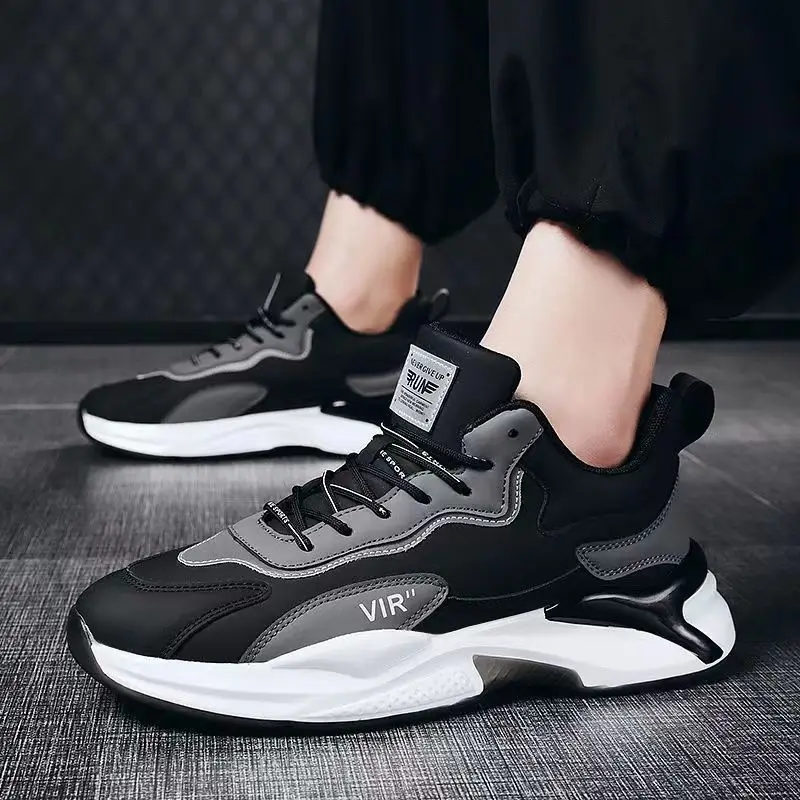
Recycling and Sustainability Considerations
Understanding the end of a sneaker’s lifespan is essential. But what happens next is just as important for our planet.
The Importance of Recycling Worn Out Sneakers
Old shoes shouldn’t just get thrown away. They can take up to 1,000 years to decompose in landfills. This creates a huge environmental issue. Recycling shoes can reduce this waste significantly. Supermarkets and special recycling programs often accept them.
Recycled shoes can help people in need or become new products. Brands like Soles4Souls collect old shoes for donation. They give them new life and keep them out of trash heaps. Some companies even make playgrounds or gym floors from recycled sneakers. This helps reduce carbon footprint and waste.
Sustainable Practices in Sneaker Usage and Disposal
When buying new sneakers, consider the environment. Look for brands that use recycled materials. These sneakers often last longer and have less impact on the planet. Also, think about how often and how much you use your sneakers.
Repairing instead of replacing can save resources. If your sneakers have minor wear, try fixing them. This can extend their life and keep them out of the bin. Furthermore, buy from brands that offer a recycling program for their products. This way, when your shoes do wear out, the cycle continues responsibly.
In summary, recycling and using shoes sustainably is vital. It can lead to less pollution and a healthier planet. Consider these options next time your sneakers reach the end of their road.
Extending the Life of Your Sneakers
Caring for your shoes properly extends their lifespan significantly. Here are practical ways to keep your sneakers in top condition:
Tips to Extend the Life of Your Sneakers
Taking care of your sneakers can prolong their life. Here are some effective tips to keep your sneakers looking and feeling new for longer.
Regular Cleaning
Dirt, dust, and grime can accumulate and damage your sneakers over time. Regular cleaning can help maintain their appearance and durability.
- Surface Cleaning: Wipe down sneakers with a damp cloth after use. This removes dirt and prevents stains from settling in.
- Deep Cleaning: For a more thorough cleaning, remove the laces and insoles. Use a soft brush and mild detergent to clean. Air-dry them away from direct sunlight.
Proper Storage
How you store your shoes can affect their lifespan. Avoid piling them on top of each other. This can distort their shape.
- Use Shoe Boxes: Keeping them in their original boxes can protect them from dust and damage. You can label the boxes for easy identification.
- Avoid Extreme Temperatures: Do not store sneakers in a hot or damp area. Extreme temperatures can warp the materials and affect the fit.
Rotation of Sneakers
Rotating your shoes gives each pair a chance to rest. This practice allows the materials to recover from the pressure.
- Alternate Daily: If you have multiple pairs, wear them on alternating days. This helps maintain the cushioning and support.
-
Specialized Use: Use specific shoes for particular activities. For example, use running shoes for running and casual sneakers for walking. This will ensure each pair lasts longer.
When to Invest in High-Quality Materials
Investing in high-quality sneakers pays off. Here’s why:
- Durability: High-quality materials withstand wear and tear better, lasting longer.
- Comfort: Better materials provide more support and comfort, vital for foot health.
- Cost-effective: Longer-lasting shoes mean buying new shoes less often, saving money over time.
Choose shoes made from robust materials like leather or advanced synthetics known for durability. While these may cost more upfront, their prolonged life justifies the investment. High-quality sneakers also offer better support and cushioning, key for preventing injuries related to footwear.
